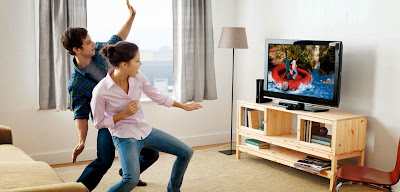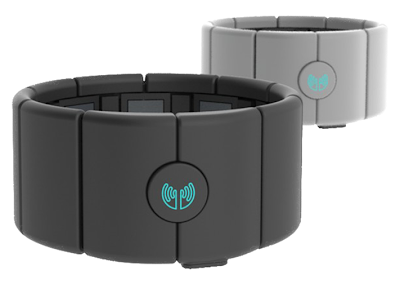Yesterday at our monthly meeting of the Milan UX bookclub on "Change by Design" a good question was brought up by a non-designer:
"You (designers) talk about your mission of making the world a better place, yet I've never seen a designer doing something for himself, in order to improve *his* world. If that's your mission shouldn't it be normal?"
I couldn't but agree more. :)
Design
is a mission and it should permeate every thing we as designers do (at least this is my point of view), especially in the world of makers we are in today and with all the extra power we've been given.
So I started thinking of what I've done to improve *my* life and a few things came to my mind..
Travel
I like to travel.
Better, I LOVE to travel.
If I had enough money I'd travel most of the time. It teaches you so much, it broadens your view, it makes you understand that there are points of you you never thought of, it humbles you, it gives a new perspective to things...
Yet, being the kind of person I am, I need to remove from the trip as much stress as I can before leaving. I need to plan, to find out the best spots to visit and I need to provide myself with the right tools for the trip. And when they do not exist, I build them. :)
This is what happened when I planned to go to the
Lofoten Islands on a solo trip a few years ago.
Being on you own in a place completely new where public transport does not run as frequently as you're used to, you need really clear tools to help you move around.
Veolia (the company which owned the public transport there) provided this timetable:
This timetable was useless to any foreign traveler visiting Lofoten islands: it had no route maps, no visual clues, nothing except times and places most of the time unknown to visitors. It did not give a hint on where those buses were going. Were they heading south? Could I take two to get where I want? No guess.
That’s why I decided to make my own. It had to be the right size to be carried in my shoulder bag, moreover it had to be easy and straightforward to consult when on the road in Norway.
Here I had:
- a visible list of all the available bus routes - every headline being also a bookmark for quick access;
- a visual representation of each route and its stops (circles) on a map of the island - these maps are designed to overlap, so that by flipping through the guide, I could easily go through all the possible routes visually and know exactly which ones stop where I needed;
- the Veolia timetable for each bus at the very bottom of the page: once I found out the right one, I would need to know the time it stopped by.
This timetable made my trip much better, and not only mine: it also been an invaluable tool for other travelers I met on my way.
Silke was one of them:
sugru
sugru is a self-setting rubber for fixing, modifying and improving your stuff, a sort of play-dough that becomes hard overnight and sticks to every surface. I bought it a year ago and it's my favorite tool for hacking things better.
One example overall: my mum needed a bigger container for the aerosol tool, so I cut a hole in a tupperware, used sugru rubber to make the top part stable and to avoid leaking and the trick was done!
And I could go on.. but let's sum things up: I truly believe in what Paul said, yet I think there's a difference in design-as-a-job and in design-as-a-mission and people are different. Some might choose the first, not knowing the latter is much more fun. :)
Yet in this world of makers everyone is a designer in his own way and you can discover design abilities in the most diverse people. For design is always about solving problems no matter how small or big they are and we are all makers at heart - ever since we started using LEGO blocks :)
***
Oh and for those of you who might be interested, here are *my* sketchnotes of the meeting:

















